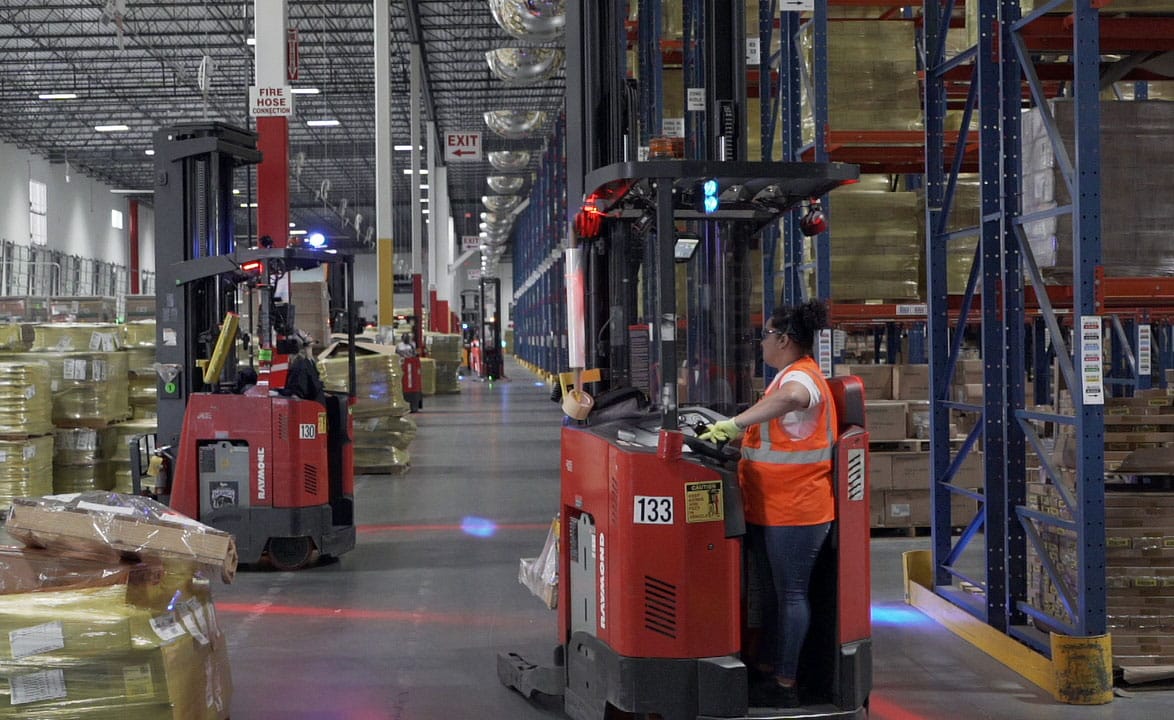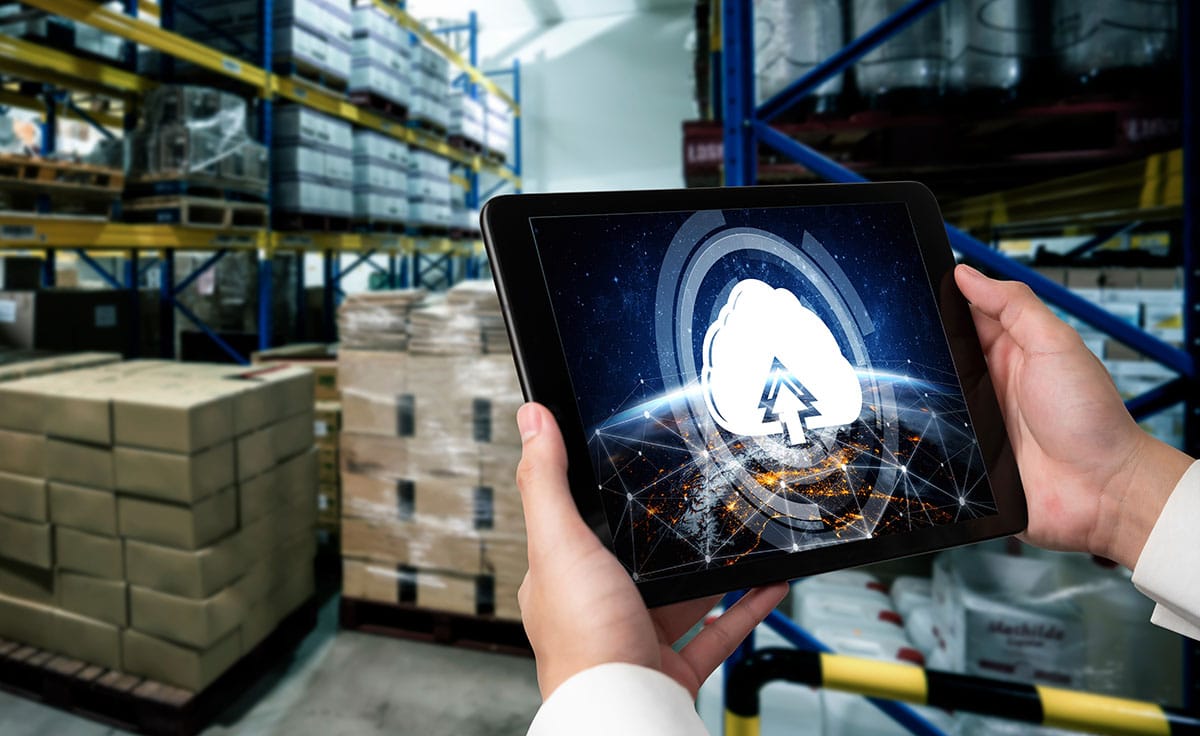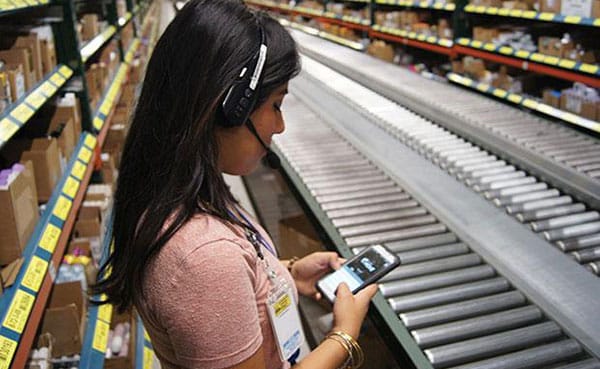
By Senior Account Executive Don Rombach
As introduced in our first post, reducing on-floor warehouse travel is a critical component in empowering labor productivity and efficiency, and the ability to prioritize work and optimize pick paths are two ways that allow for tremendous travel reduction efficiencies. In this post, we’ll explore a third factor, intelligent batch picking, and look into some examples of how companies utilized these insights to drive transformative change.
Get smarter about batch picking
One of the key ways that warehouses can save on travel time is by batching orders. Most warehouse management systems create batches of orders based on simple rules, such as first in first out or earliest date, time by zone or carrier. In some cases, the WMS may use rules to identify pick line or location overlap within orders. But this type of rules based batching is somewhat limited from a travel perspective. And the FIFO approach is even worse.
However, there is a better way. AI based tools can look at the pick path of all available orders in the system to help determine what an optimal batch is. Lucas Jennifer software, for example, applies real-time optimization algorithms to create batch assignments utilizing order, inventory, and location information from the WMS and other systems. As opposed to more simple processes, like FIFO or product and location overlap, the system integrates order priority, pick location, travel cost, product attributes, and other factors in its decision making to craft the best possible work batches.
One Lucas customer utilized intelligent batching to help drive productivity gains of 10%. “The way Jennifer groups the items together is so much more efficient,” said their Ecom supervisor. “Before, you might have to visit the same bin multiple times during the day. But with Lucas you might go to that bin once for 30 orders.”
Double productivity…pick the same number of orders with half the staff
Let’s look at two examples of companies that are using this type of dynamic work optimization solution to drive great results in reducing worker travel. A consumer products company that was consolidating distribution from multiple facilities into one centralized DC was looking to increase throughput, while also increasing the number of different products they were shipping. Their previous process involved manually batching orders based on ship times and picking three to four orders at a time. One unique aspect of this organization’s operation was that they needed to apply different batching rules throughout the day. For example, as they got closer to their earliest ship time, they needed to place a higher priority on picking the orders that needed to ship soonest to ensure all orders got out on time.
Implementing the dynamic work optimization solution in tandem with a voice-directed picking process, the organization gained the benefit of optimized patches, without sacrificing on-time delivery. They were able to more than double their picking productivity while at the same time reducing errors. In their case, they were able to reduce man hours for picking while significantly increasing throughput per hour.
The second example features an organization that had a variety of different order profiles and customers to which they were shipping, that was like many similar companies, facing challenges hiring workers. Additionally, they faced accuracy challenges that initially led them to evaluate voice technology to improve accuracy over their RF and pick to light system. This customer implemented the dynamic work optimization solution in their cart picking area, which represented about 1/3 of their orders. One of the unique elements of their solution was the ability to build batches for three different types of carts based on the number of lines per order, and therefore the number of orders per batch. They were able to pick the same volume of orders with half the staff, while at the same time, significantly reducing picking errors.
Less travel=less labor
In today’s reality of labor challenges for DC operators, at least part of the answer may lie in less travel. As the examples above indicate, reducing travel, driven by intelligent batching and pick path optimization can allow you to dramatically increase productivity and essentially get the same amount of work done with half the people. Couple that with the fact that a solution such as this can cost a fraction of robots or other automation solutions while requiring no changes to your DC, or implementation of new infrastructure. The ability to scale and adapt to your DC and evolve to meet future demands without costly and time-consuming customization or integration also makes this an area worth exploring for any DC looking to sustain and grow their operations.
 Senior Account Executive Don Rombach leverages nearly 30 years of supply chain experience to study processes, dig into customers’ challenges and build relationships that allow him to reimagine warehouse practices and help customers evolve their businesses with next generation technologies.
Senior Account Executive Don Rombach leverages nearly 30 years of supply chain experience to study processes, dig into customers’ challenges and build relationships that allow him to reimagine warehouse practices and help customers evolve their businesses with next generation technologies.
Through his experience on the warehouse floor as well as C-suite offices, Don has developed a keen and unique understanding of how distribution operations should work from both a process and technology perspective. He is passionate about identifying and solving customer problems while improving the daily life of warehouse workers, while building relationships and partnerships that allow him to help companies continuously adapt to changing markets and customer demands.
Don has shared his knowledge and expertise as an adjunct instructor in the Masters-level Supply Chain Management program at Duquesne University for more than a decade, and also served the university as a member of the Supply Chain Advisory Board.
About Lucas Systems, Inc.
Lucas Systems helps companies transform their distribution center operations and continuously adapt to changing market dynamics. We dramatically increase worker productivity, operational agility, and customer satisfaction.
Our solutions are built on 25+ years of deep process expertise and smart software using AI and voice technologies. Our solutions feature Jennifer™, the brain, voice, and orchestration engine that drives performance improvement gains. Make the smartest moves at the lowest cost with Jennifer™. For more information, visit www.lucasware.com.





